“To Me, Medicine is Always an Art”
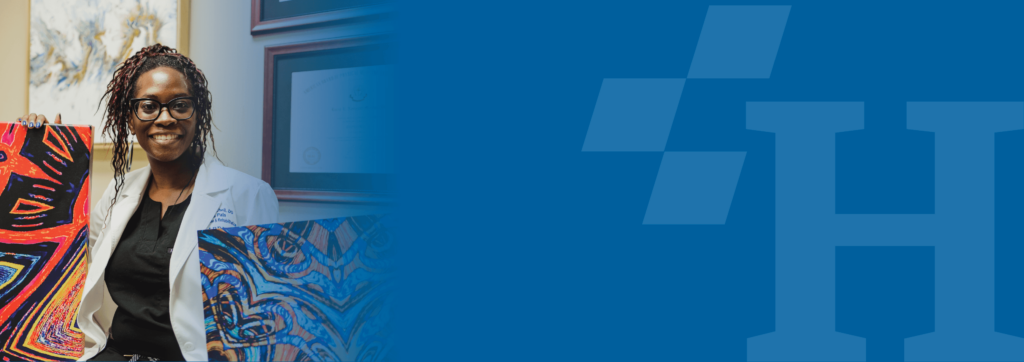
Dr. Lucie Mitchell of Harbin Clinic combines her medical passion and artistic talent to color life outside the lines.
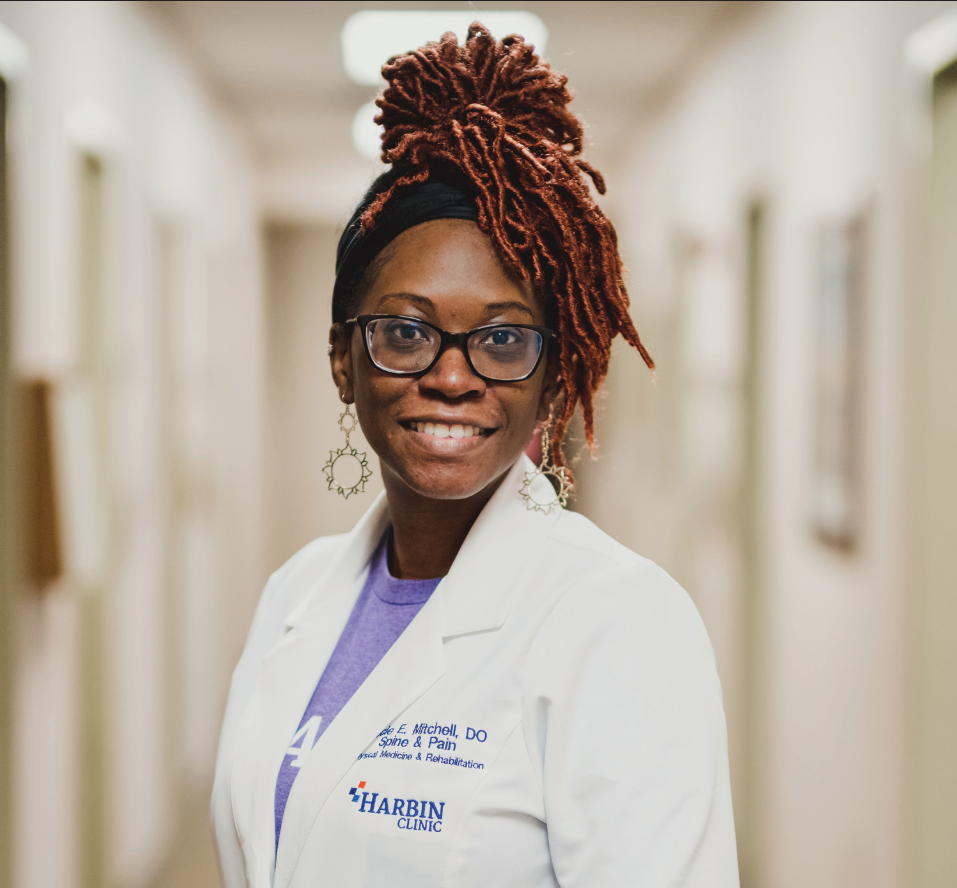
Abstract art is often described as vibrant, energetic, fantastical, ethereal, and difficult to define.
Sometimes, these same terms and phrases equally characterize both a piece of artwork and the artist who created it. That’s true of Dr. Lucie Mitchell, physiatrist at Harbin Clinic Spine & Pain Management Rome, who seeks to soothe the world’s pain—physically and emotionally—through medicine, treatment, painting and photography. She is a woman who defies tidy categories. Her talent, knowledge and creative thinking embody her dual professional passions: medicine and art. Her life colors outside the lines.
At Harbin Clinic, Dr. Mitchell focuses her medical services on alleviating
conditions that affect the spinal cord, brain, nerves, bones and joints. She is
dedicated to assisting her patients in regaining function, managing their pain and
maximizing their quality of life.
Art and medicine

Born in Canada and now a dual citizen, Dr. Mitchell moved to America when she was seven years old. Everything seemed unfamiliar, starting with the language. She spoke only French, so school was very
difficult at first.
“I would go to school and learn absolutely nothing,” she says, “because I didn’t know English. Then, I would come home and watch shows like Barney and Lamb Chop’s Play-Along on TV. Today, people say screen time is bad for kids, but it was great for me. I learned a whole language watching television. Sesame Street was my English teacher; it taught me how to read.”
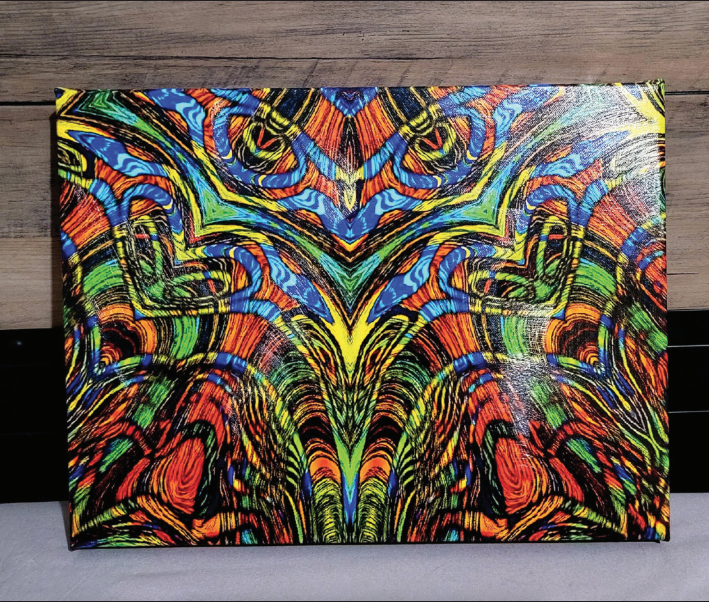
By middle school, she was involved in art and excelled at it, earning her school’s art award upon high school graduation. In college, Mitchell took the prerequisites for the pre-med track while also majoring in English and minoring in creative writing.
During her residency program, she honed her photography skills by taking creative, colorful pictures of her classmates. These skills were in high demand as other residents wanted an alternative to the typical drab medical school portraits. From the beginning of her training, Dr. Mitchell found herself blending art and medicine.
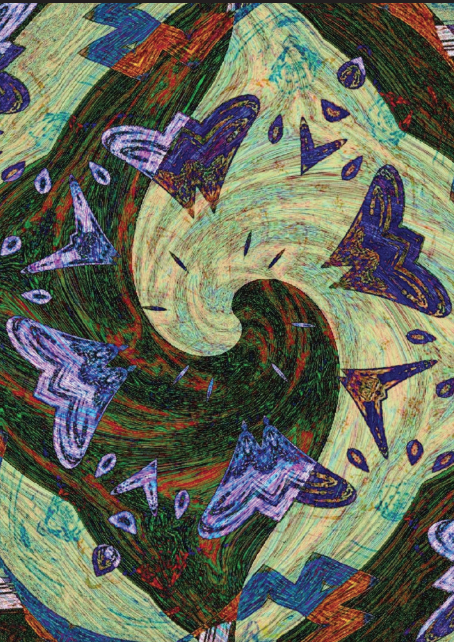
Helping what hurts
“I learned to love the spine because I liked working with people’s pain,” says Dr. Mitchell. “All the different kinds of pain.” Even today, she looks at pain management through a creative lens. She explains, “To me, medicine is always an art. Everyone has their own niche, whether it’s surgery or heart or brain or spine. Whatever the case, it’s an art.”
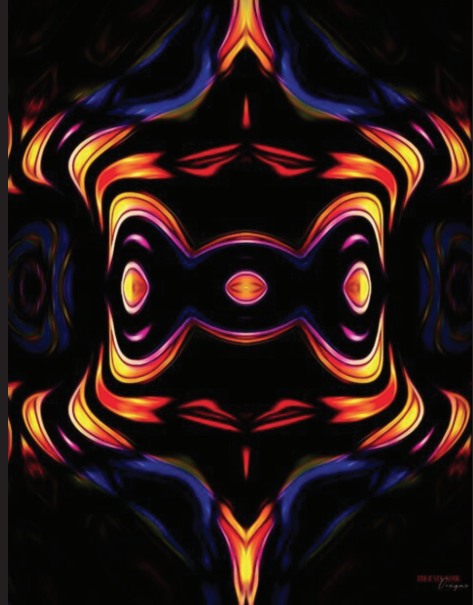
When she was trying to decide what her own specialty would be, she was pulled between pain management and sports medicine. “I chose physiatry because I can incorporate sports medicine
into my practice, but if I had chosen sports medicine, I couldn’t do all that I am doing now.”
When it comes to examining and diagnosing her patients, Dr. Mitchell approaches patients as an artist might approach the human models they sketch: “In my mind,” she says, “I remove layers. I remove the skin, the muscles and I see the skeleton. So, when my patient says, ‘I hurt here,’ I can sort of start with their bones and build the layers up—the muscles and skin. That way, I can see what’s working, what’s not working and see what’s going on with them.”
A cure for bland walls
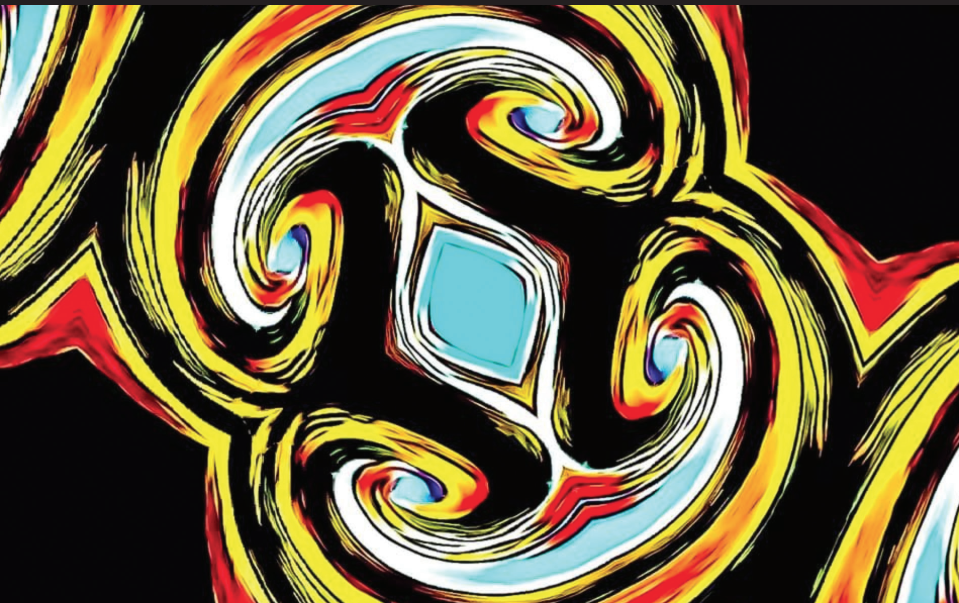
One of Dr. Mitchell’s favorite pastimes is going to museums, especially if there is an exhibit of modern art. “I love abstract art because it tells so many stories,” she says. “The story I see in a piece might be
different from the story you will come away with. If I come into the museum in a bad mood, I may see something negative. If I’m in a good mood, I will likely see something positive. So, it’s different every time.”
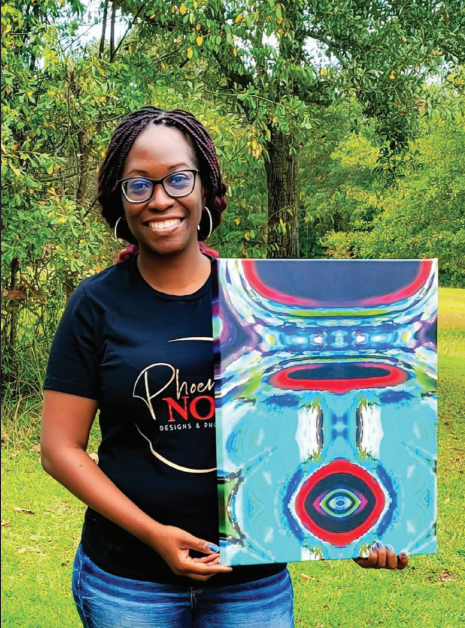
Dr. Mitchell sees this same principle at work in medical environments. She explains, “When I go into most doctors’ offices and sit in the waiting room, they are often a little dull and empty. If there is a picture on the wall, it likely blends into the subdued decor. Instead, I’d like to see an inviting environment since people visiting doctors are often already experiencing difficult circumstances.”
And that’s exactly what her patients experience: “I started hanging my original pieces in my exam rooms. They’re abstract and—even though you can’t tell—they’re made from images of my spine from MRIs and X-rays. I want to give my patients something to stimulate their minds and take their minds off their pain.” Dr. Mitchell has created countless works of art from pictures of her lumbar and cervical spine.
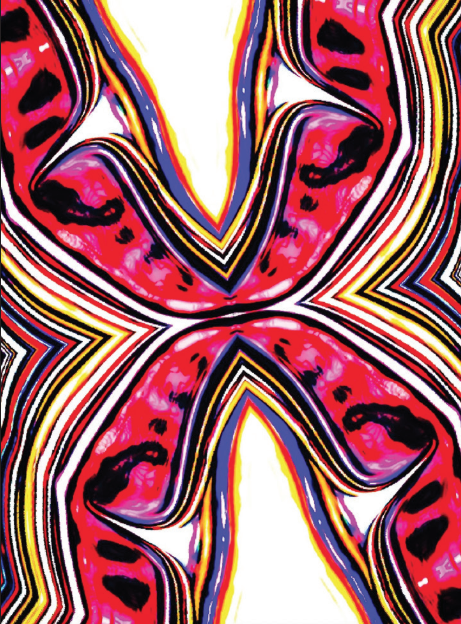
Those interested in getting a first-hand look at Dr. Mitchell’s artwork can visit the website for her business, Phoenix Noir Designs & Photography. Her website gallery is filled with stunning paintings, featuring wild splashes of color and frenetic movement. On her site, Dr. Mitchell sells original art, prints and fine art gifts, displaying images of her work.

Harbin Clinic Spine & Pain Management Rome is proud to have Dr. Lucie Mitchell among their gifted doctors. Her compassion, intelligence and creative approach to healthcare are a credit to her profession.
To learn more about Dr. Lucie Mitchell’s artwork, visit phoenixnoirdesigns.com, and learn more about her at Harbin Clinic Spine & Pain Management Rome by visiting https://harbinclinic.com/medicalprovider/lucie-mitchell/.


